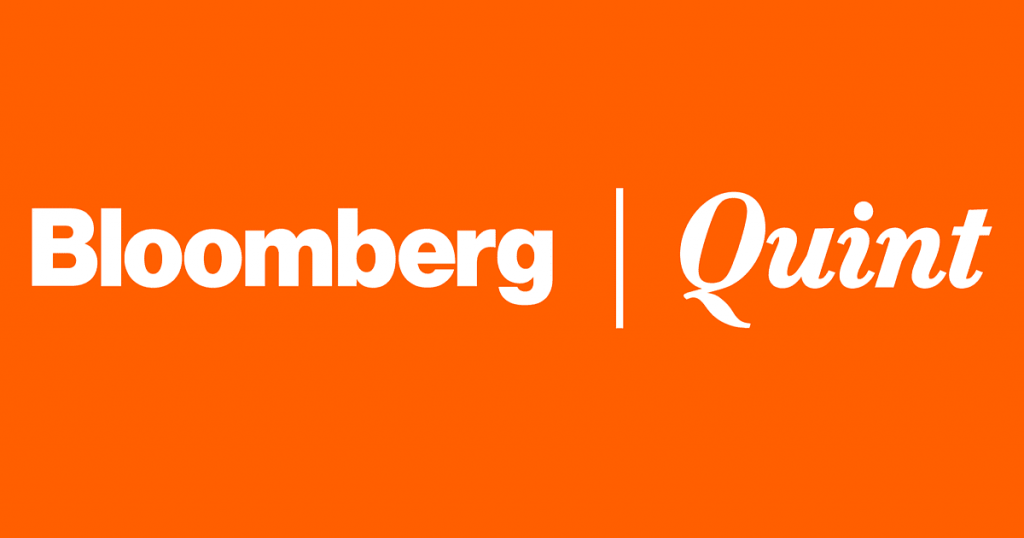(Bloomberg) — The emergence of Asia, led by China, as the economic power train of the post-Covid world has just entered another dimension: ESG dominance.
The world’s second-largest economy and its Asian peers cornered 75 cents out of each dollar of capital invested in 2020 across emerging-market stocks compliant with environmental, social and governance norms, according to EPFR Global data. The balance is shifting further in the region’s favor this year, with its share growing to 83.33 cents per dollar.
Asian nations are already the stand-out choice of global equity investors as the region has had relative success in containing the pandemic and is set to grow faster than the rest of the world in 2021. Adding to that advantage is the appeal of fast-growing technology companies such as Tencent Holdings and Alibaba Group Holdings, whose carbon-light digital businesses outscore the commodity and energy producers of Latin America, the Middle East, Africa and Russia on ESG metrics.
“There is a natural pull toward Asia,” said Claire Peck, a London-based investment specialist at JPMorgan Asset Management. “Technology companies are generally asset light businesses which naturally mean they have better ESG credentials,” she said, adding that “if you look at Latin America and EMEA, which are much more commodities driven, then naturally technology will look better on standard ESG metrics.”
Asia has emerged as the technology and consumption engine of emerging markets in recent years. More than 98% of the weight in the benchmark gauge for information-technology companies in the developing world comes from five of the region’s markets — Taiwan, South Korea, China, India and Hong Kong. Such an extreme skew makes it virtually impossible for ESG asset allocators to avoid giving a lion’s share of their capital to the continent.
The iShares ESG Aware MSCI EM Exchange Traded Fund, the biggest EM-dedicated ESG fund, sets aside 81% of its portfolio to Asia with tech giants TSMC, Tencent, Alibaba and Samsung Electronics as top holdings.
Amundi Asset Management, which has the largest EM-dedicated green-bond fund, launched a second such fund in July with South Korea, India and China among its top five allocations. Maxim Vydrine, the co-head of emerging-markets corporate and high-yield debt at the firm, said a rapid increase in bond sales from Asia was behind the fund’s reliance on the region.
Out of a record $30 billion inflows from ESG funds last year, Asia attracted $22.4 billion, the EPFR data showed. This year, the continent has garnered $5.5 billion, compared with $1.1 billion taken by the rest of the developing world.
However, the dominance of technology companies in ESG portfolios has its critics. It’s easy for a software firm to project excellent environmental metrics, not because of its contribution to a cleaner world but because it has little need for polluting agents such as fossil fuels. An oil company, which may be making larger strides in clean energy but still score lower on ESG, may thus lose critical investment flows to that software firm.
ESG investors should take into account not just the current snapshot of a company or country, but also the direction and rate of change on various measures, said Jared Leonard, a Pennsylvania-based investment specialist at Hartford Funds, which oversees $139 billion.
“A coal-heavy utility stock may look poor on the surface from an ESG perspective, but that utility could be allocating resources toward renewable energy or cleaning up emissions of existing coal plants,” he said.
For most money managers, however, the main reason to buy Asian stocks in their ESG portfolios is not the mere presence of technology and consumer companies. It’s faster growth. Asia, excluding Japan, is expected to grow 5.7% this year, compared with 4.5% for Latin America, 3.5% for eastern Europe, and 3.1% for the Middle East, according to estimates compiled by Bloomberg.
“There is no other region in the world with the same opportunity set for investors because there is no other region with 3 billion people growing at an average 8%,” said Tom Masi, the co-portfolio manager of the emerging equity strategy at GW&K Investment Management LLC in New York. “Brazil, Russia and South Africa have a number of well managed companies, many with great ESG credentials but there is less economic growth and no matter how many great companies they might have, they will lag behind Asia. ”
Even when the pull of technology companies is discounted, ESG investors have many reasons to be bullish on Asia. China has pledged to achieve carbon neutrality by 2060, while South Korea plans to reach there a decade earlier with its “green new deal.” The two nations, along with India, account for 73% of all EM green-bond sales in the past five years, according to data compiled by Bloomberg.
“When it comes to the environment, North Asia has become the frontrunner,” said Fabiana Fedeli, the global head of fundamental equities at Robeco, which started a new sustainable Asian equity fund in March. “This is partially due to the initiative of governments, and partially to the fact that innovation is intertwined in many environmental initiatives, such as the electrification of vehicles as well as renewable and efficient energy sources, which heavily rely on technology.”
